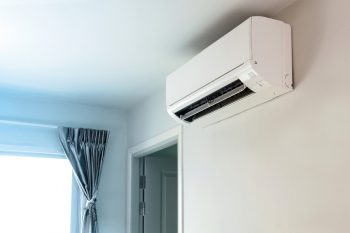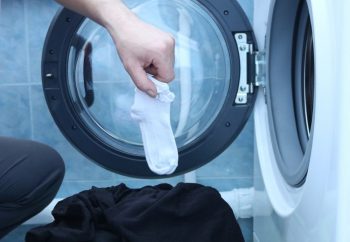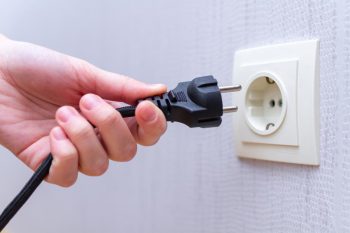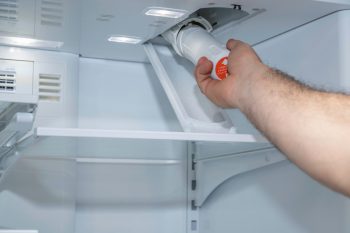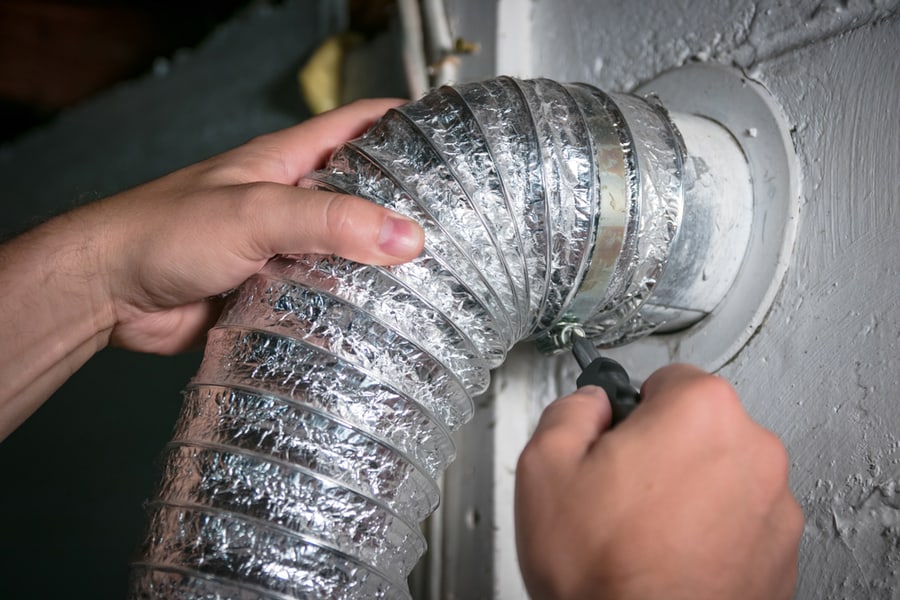
If you notice that your clothes take longer than usual to dry or there is a musty smell in the air, your dryer vent may be clogged.
Clogged dryer vents can cause various issues, from longer drying cycles to more serious safety hazards, like a potential fire. This post will explore why your dryer vent is clogged and how to fix it.
Here’s a quick rundown of some preventive measures you can take to prevent your dryer vent from clogging up again:
- Clean the lint trap after every load. This will keep lint from building up in the vent and prevent major clogs from forming.
- Avoid using fabric softener sheets in your laundry, as the residue left behind can cause clogs over time.
- Check the vent cover regularly and make sure it is not blocked or damaged in any way.
- Has your dryer vent been professionally installed to ensure the pipe is correctly sized and securely attached to the dryer and outside wall?
- Take action immediately if you notice any warning signs, such as longer-than-normal drying times, burning smells, and excessive lint.
- If you find your vent clogged, take the proper precautions and fix it as soon as possible.
- Finally, if you think you can’t fix the issue, call a professional for help.
As always, safety is paramount when dealing with your dryer vent! These tips will help keep your dryer vent free of blockages, safe from potential fires, and running at maximum efficiency.
Understanding the causes and how to properly maintain your dryer vent can prevent clogs from forming and keep your laundry room safe. Keep reading to learn more!
6 Reasons Your Dryer Vent Keeps Getting Clogged
If your dryer vent is not well-maintained, it can easily become clogged. Some of the most common causes include:
1. Lint and Dust

One of the most common causes of clogged dryer vents is lint and dust build-up. As your laundry dries, lint and other debris are released into the air and can gather in the dryer vent pipe.
Over time, a layer of lint can build up and block air from passing through the pipe. This causes longer drying times and a musty smell and can also present a fire hazard if left unchecked.
The best way to prevent lint and dust from building up in your dryer vent is to clean it regularly.
A good practice is to check the outside of the dryer vent and remove any visible lint and dust. Additionally, you can use a vacuum attachment to clean the inside of your dryer vent pipe.
2. Small Animals and Insects
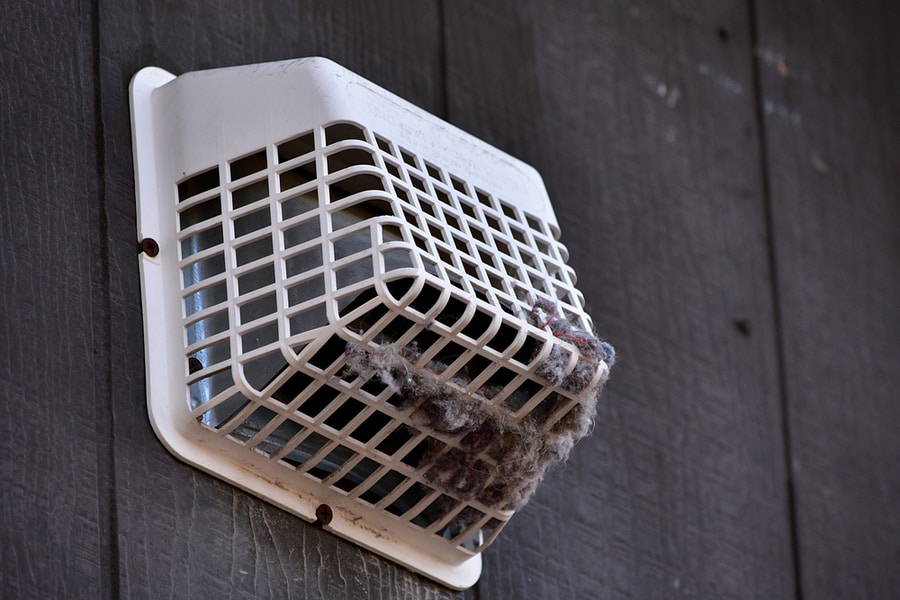
Another common culprit for clogged dryer vents is small animals and insects. If the outer end of your dryer vent is left uncovered, birds and other small animals can find their way inside the pipe.
Additionally, insects like wasps and bees may build nests inside the pipe, creating an even bigger blockage.
Cover the outer end of the pipe with a screen or grate to prevent animals and insects from entering your dryer vent. This will keep them out and allow air to pass through the pipe.
3. Debris From Outside
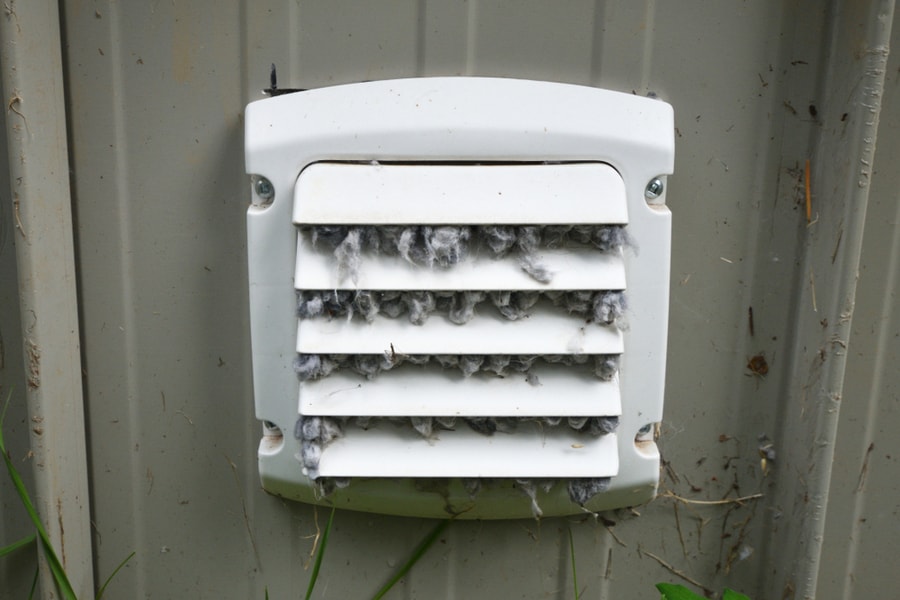
If your dryer vent is located near trees or other debris-producing elements, outside debris can enter the pipe and cause a blockage.
Bits of leaves, twigs, and branches can even pass through the screen or grate at the end of the pipe and become lodged inside.
To prevent debris from entering your dryer vent, keep any potential debris sources away from the outer end of the pipe.
Moreover, you can install a lint trap at the end of the pipe to catch any debris that may have passed through the grate or screen.
4. Fabric Softener Sheets
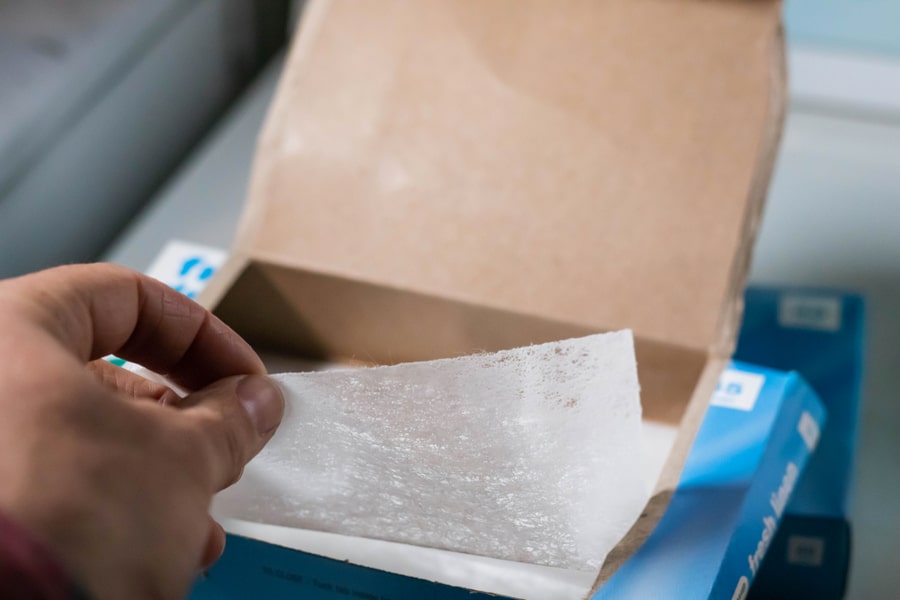
Fabric softener sheets can also cause clogs in your dryer vent. While the sheets are not a problem, they leave a thin layer of residue on the inside of the dryer drum and vent pipe.
Over time, this residue can build up and cause a blockage in the pipe.
Try to skip the fabric softener sheets to prevent your dryer vent from getting clogged. In addition, use a damp cloth to wipe down the inside of your dryer drum after each load.
This will help remove any residue left behind by fabric softener sheets and reduce the risk of a clog.
5. Stucked Objects or Blocked Vent Cover
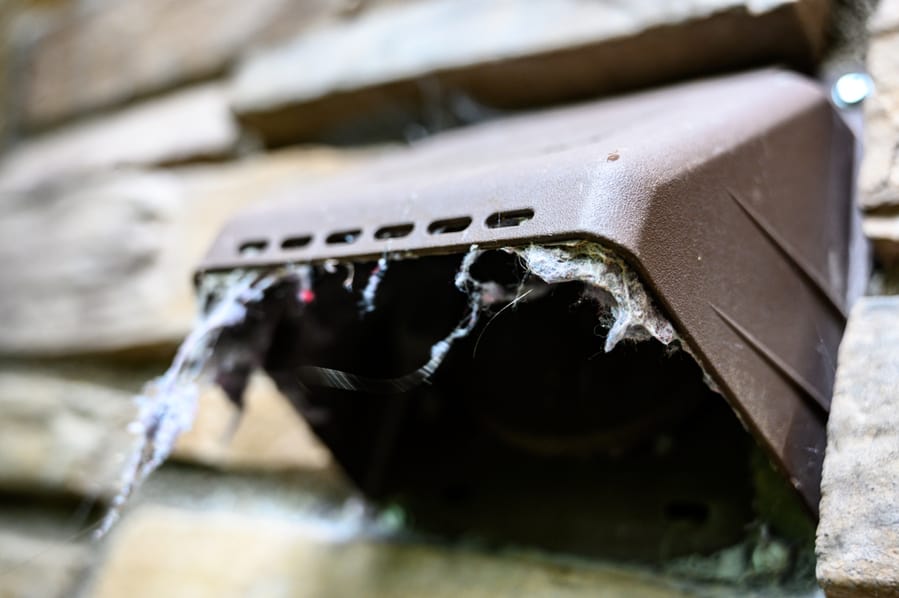
Objects that get stuck in your dryer vent can cause a major blockage. Items like; socks, toys, and even coins can get stuck in the pipe.
Additionally, if the vent cover is blocked or damaged, it can prevent air from passing through the pipe and cause a clog.
To prevent items from getting stuck in your dryer vent, make sure to empty all pockets of clothing before putting them in the dryer.
Also, check your vent cover regularly and ensure it is not blocked or damaged.
6. Poor Installation

Finally, poorly installed dryer vents can also lead to clogs. If the pipe is not properly secured or is too short, air can not pass through the pipe.
This can lead to lint and dust build-up and issues with animals and insects entering the pipe.
The best way to prevent clogs from poor installation is to have your dryer vent professionally installed.
A professional will ensure that the pipe is correctly sized and securely attached to the dryer and outside wall, eliminating any potential for clogs.
Keeping your dryer vent clean and unclogged is important to maintaining a safe and efficient laundry room.
Following the tips above, ensure that your dryer vent remains blockage-free and keeps your home safe from potential fires.
Before your dryer vent becomes completely clogged, there are a few warning signs to look out for:
- If you notice that your clothes take longer than usual to dry during a regular cycle, it may be due to the trapped air in your dryer vent.
- A drying time of no longer than 30-40 minutes should be expected. If you remove your clothes from the dryer after a cycle and are still damp, it is time to check your dryer vent.
- A burning smell may also be present due to the excessive strain on the appliance. The dryer will also feel extremely hot during a cycle due to the excess heat building up.
- Look for excessive lint in the lint filter and around your dryer. This is a clear indication that your dryer vent is clogged.
How To Fix a Clogged Dryer Vent

If your dryer vent is already clogged, there are a few steps you can take to fix the issues.
First, disconnect your dryer from its power source by unplugging it from the wall. Doing this will ensure that the dryer will not turn on while you are working on it, which could lead to serious injuries.
Next, remove the dryer vent pipe from the wall to inspect and ensure nothing is blocking it. To clean it, use a vacuum to remove any stuck-up debris. If the vacuum isn’t removing all the clogs, use an auger snake to loosen them.
Once the pipe has been cleared of all the major items, use warm water and a cloth to wipe down the interior and exterior of the pipe.
After doing this, reattach the dryer vent pipe and cover. Make sure they are securely connected to prevent problems in the future.
Once everything is connected and cleaned, you can plug the dryer back into the wall. Your clogged vent should now be fixed!
Call a professional for help if you cannot fix the clog. This is recommended for safety purposes and to ensure everything is done correctly.
Conclusion
Maintaining a clean and well-functioning dryer vent is essential for the safety of your home. To prevent clogging in the first place, check the vent cover regularly and have your dryer vent professionally installed.
If your dryer vent is clogged, you can fix it by following the above steps. Remember to look for warning signs, such as longer drying times and burning or musty smells.


